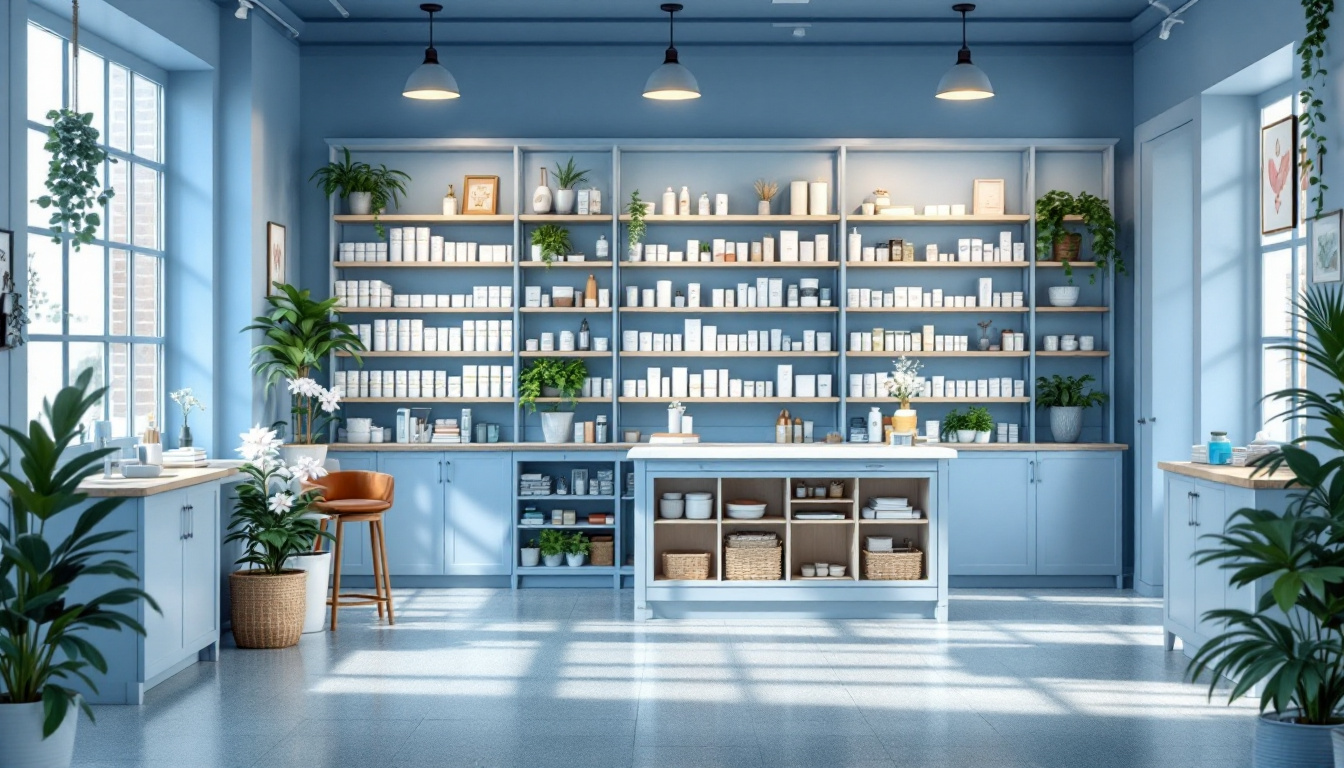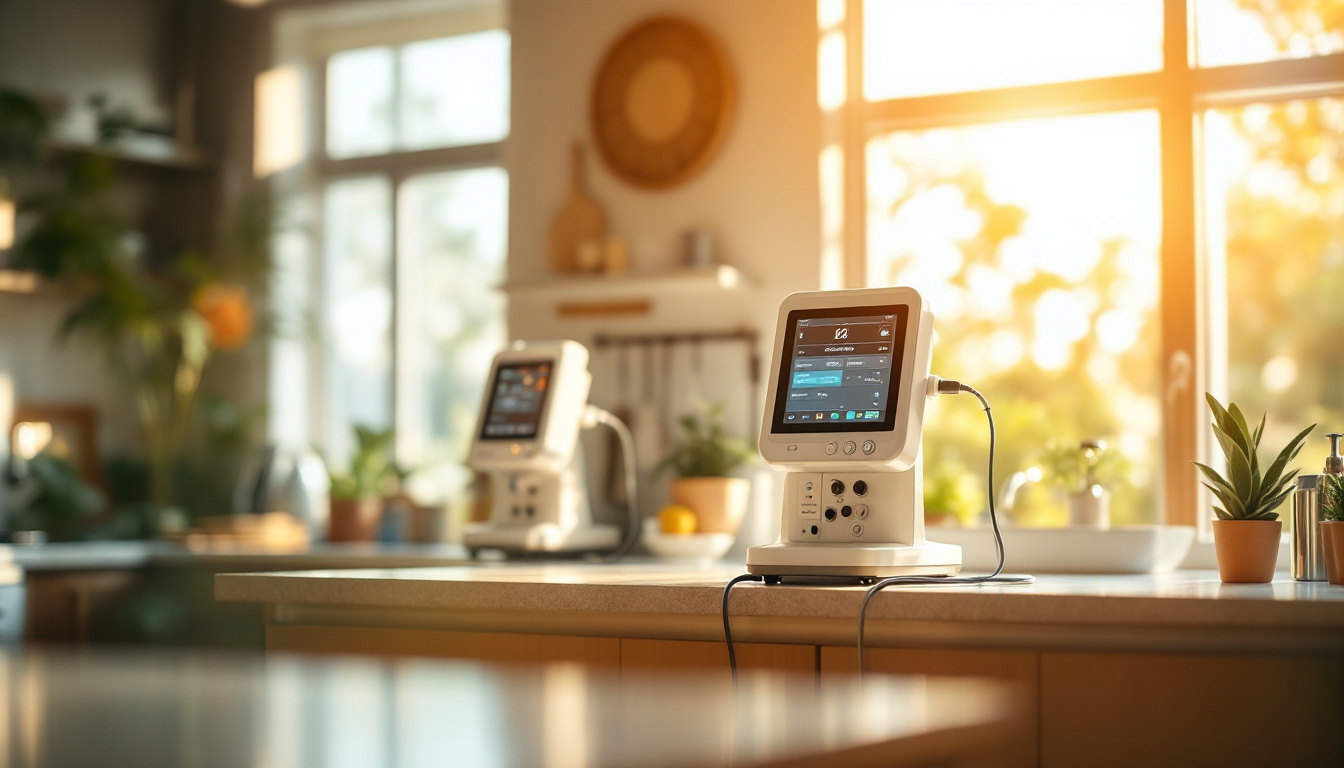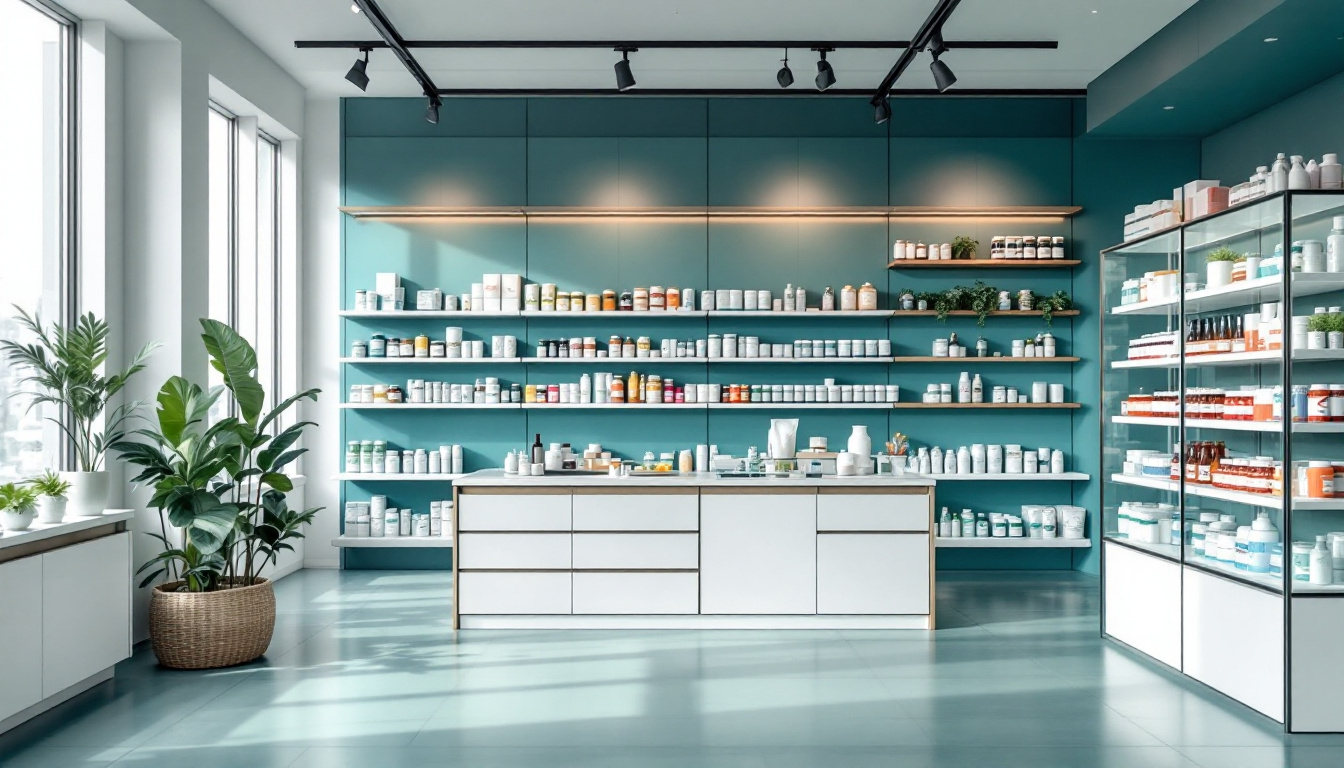Pharmko’s sterile compounding services

Introduction to Pharmko’s Compounding
Pharmko's sterile compounding services stand at the forefront of pharmaceutical innovation, offering custom medication solutions to meet the unique needs of patients and healthcare providers. With a steadfast commitment to safety and quality, Pharmko embodies the pinnacle of compounding expertise.
Understanding Sterile Compounding

What is sterile compounding and how does it differ from non-sterile compounding?
Sterile compounding is a specialized process where medications are prepared in a clinically controlled environment, reducing the risk of contamination. This is critical for medications intended for sensitive applications such as injections, ophthalmic solutions, and inhalations. In contrast, non-sterile compounding does not conform to the same stringent requirements and is generally used for oral or topical medications.
The significance of sterile compounding lies in its meticulous standards. Compounding pharmacies must operate under guidelines set by the United States Pharmacopeia (USP) and the Food and Drug Administration (FDA). This encompasses everything from the environment—such as clean rooms and laminar airflow workbenches—to specialized equipment like autoclaves for sterilization.
Why are sterile environments essential in compounding?
A sterile environment is paramount in ensuring the safety and efficacy of compounded medications. It prevents microbial contamination which could potentially lead to serious infections in patients. For this reason, pharmacists and pharmacy technicians undergo extensive training in aseptic techniques and contamination control. They routinely perform tasks such as bactericidal cleaning of sterile rooms and conducting air quality checks to maintain sterility.
The Medicine Shoppe Pharmacy demonstrates a commitment to these practices by offering a range of compounded sterile preparations. They not only serve individual patients but also cater to healthcare organizations like hospitals and nursing homes.
In summary, sterile compounding is vital for delivering high-quality healthcare, necessitating expert training and adherence to rigorous protocols to ensure patient safety.
Excellence in Education and Certification

What are the education and certification requirements for a compounding pharmacist?
To become a compounding pharmacist, individuals must first complete an accredited Doctor of Pharmacy (Pharm.D.) degree. This educational path typically spans six to eight years following high school. Students begin with pre-pharmacy coursework, covering subjects like biochemistry and anatomy.
Graduates are required to undergo approximately 1,500 hours of clinical internship, equipping them with hands-on experience essential for their future roles. After their education, they must pass the North American Pharmacist Licensure Examination (NAPLEX) in addition to any state-specific law exams.
While there are no mandatory certifications specifically for compounding pharmacists, additional training can be pursued through organizations such as the Professional Compounding Centers of America. Familiarity with the regulations outlined by the United States Pharmacopeia (USP) General Chapters is crucial as it governs specific preparation standards.
Furthermore, continuing education is vital for pharmacists to maintain their licensure and ensure they stay updated with evolving industry practices.
How does BCSCP certification enhance a compounding pharmacist's skill set?
BCSCP, or Board Certification for Sterile Compounding Pharmacists, offers a significant credential that validates a pharmacist's advanced knowledge and expertise in sterile compounding. This certification, awarded by the Board of Pharmacy Specialties, requires candidates to meet specific eligibility criteria:
- Graduation from an accredited pharmacy program.
- A minimum of 4,000 hours of practice experience in sterile compounding.
This certification ensures that pharmacists are capable of maintaining quality patient care while adhering to stringent safety and regulatory standards. Moreover, the BPS refreshes its exam content regularly, aligning it with current practices and regulations in sterile compounding. As of now, there are more than 1,780 board-certified sterile compounding pharmacists, highlighting the professional recognition this certification provides.
What regulatory standards should compounding pharmacists be aware of?
Compounding pharmacists must be well-versed in both federal and state regulations governing sterile preparations. The Drug Quality and Security Act (DQSA) of 2013 particularly impacts their practices, establishing clear categories for compounding pharmacies and redefining responsibilities and compliance.
Adherence to the guidelines provided by the USP, along with compliance with Good Manufacturing Practices (CGMPs)—especially for outsourcing facilities—is essential. Engaging in continuous learning through various programs and resources ensures that pharmacists uphold the highest standards of safety, quality, and regulatory compliance in their practice.
| Topic | Education & Certification | Continuing Education & Standards |
|---|---|---|
| Requirements | Pharm.D. degree, NAPLEX, state exams | Stay updated with USP standards and regulations |
| BCSCP Certification | Validates advanced sterile compounding skills | Requires specific practice experience and exams |
| Regulatory Framework | DQSA, USP guidelines, CGMPs | Ongoing compliance with federal and state laws |
Rigorous Cleaning Protocols

What cleaning protocols are followed in sterile compounding areas?
In sterile compounding areas, scrupulous cleaning protocols are essential for maintaining a contamination-free environment. These protocols typically encompass comprehensive monthly cleaning routines. During these sessions, all surfaces within the buffer and ante areas, as well as the segregated compounding sections, are thoroughly sanitized.
Daily cleaning is also crucial. This involves disinfecting surfaces before each compounding activity to ensure no microbial presence. Regular environmental monitoring is conducted alongside these procedures to verify compliance with the stringent regulations set by the USP and FDA.
Maintaining these rigorous cleaning standards safeguards public health, preventing contamination and ensuring the integrity of sterile preparations. The emphasis on routine assessments allows pharmacies to continually adapt and improve their cleaning practices, reinforcing their commitment to safety and quality.
Choosing the Right Professionals

Who is qualified to perform sterile compounding?
Pharmacists and pharmacy technicians are integral to sterile compounding, but their qualifications hinge on specialized training. This training encompasses both theoretical knowledge and practical experience, emphasizing aseptic techniques in controlled environments.
To meet industry standards, they must adhere to guidelines set by organizations like the United States Pharmacopeia (USP) and their state pharmacy boards. Only those working in compounding pharmacies are authorized to perform these tasks, which often cater to sensitive medical needs.
Furthermore, ongoing education is necessary for maintaining proficiency in sterile compounding practices. Competency assessments help ensure that these professionals stay current with best practices and evolving regulations.
Training and experience requirements
Qualified professionals undergo rigorous training that typically includes:
- Theoretical knowledge: Understanding fundamental sterile compounding principles.
- Practical skills: Hands-on experience in clean rooms and under laminar flow hoods.
- Compliance training: Learning the regulatory standards from the USP and FDA, which govern sterile compounding processes.
Overall, the assurance of safe and effective compounded medications relies on highly trained professionals and their commitment to quality care.
Regulatory Framework and Outsourcing

What regulations govern sterile compounding?
The landscape of sterile compounding is shaped by significant legislation like the Drug Quality and Security Act (DQSA) of 2013. This act delineates the differing categories for compounding pharmacies, notably 503A for traditional compounding pharmacies and 503B for outsourcing facilities. Each category is subject to different regulatory standards, including inspections by the FDA and adherence to Good Manufacturing Practices (CGMPs). The DQSA aims to enhance patient safety and ensure compliance, leading to increased scrutiny over compounding practices.
What are the benefits and drawbacks of outsourcing sterile compounding?
Outsourcing sterile compounding services can offer strategic advantages for healthcare organizations:
- Improved Efficiency: Access to specialized compounding services can streamline operations.
- Customized Medications: Outsourcing expands availability of tailored sterile preparations.
- Cost Savings: Potential reduction in overhead costs allows funds to be redirected towards other essential healthcare areas.
However, there are also challenges to consider:
- Quality Assurance: Ensuring the outsourced facility meets stringent quality and safety regulations can be complex.
- Potential Drug Shortages: Reliance on external sources may lead to vulnerabilities in medication availability.
What is the 10% rule in sterile compounding?
The 10% rule indicates that if the volume of additive medications exceeds 10% of the bulk solution container's volume (not including overfill), adjustments to the volume of the additive, and sometimes the overfill, are necessary to maintain sterility and efficacy.
| Aspect | Regulatory Framework | Outsourcing Pros & Cons |
|---|---|---|
| Key Regulation | Drug Quality and Security Act (DQSA) | Pros: Improved efficiency, access to specialist preparations, cost savings |
| Sterile Framework | 503A and 503B classifications | Cons: Quality assurance risks, potential drug shortages |
| Guideline Updates | Adherence to GMPs | Careful assessment needed for contracts |
Conclusion
Pharmko continues to lead the way in sterile compounding through unwavering dedication to quality, safety, and innovation. As the landscape of compounding evolves, Pharmko remains committed to exceeding the highest industry standards, ensuring that patients receive the safest and most effective medications possible. By understanding the multifaceted elements of Pharmko's compounding services, stakeholders can make informed decisions that enhance patient care and healthcare outcomes.
References
- Sterile Compounding | LRockRx - Little Rock, Arkansas - LRockRx
- Compounding Services - Riverside Medicine Shoppe East
- Sterile Compounding - Your Local Dunwoody Pharmacy
- Compounded Sterile Preparations Pharmacy Specialty Certification
- [PDF] ASHP Guidelines on Outsourcing Sterile Compounding Services
- Affordable Sterile Compounding training online - Ashworth College
- How to become a compounding pharmacist - SingleCare
- What is a compounding pharmacy? - SingleCare



































































































